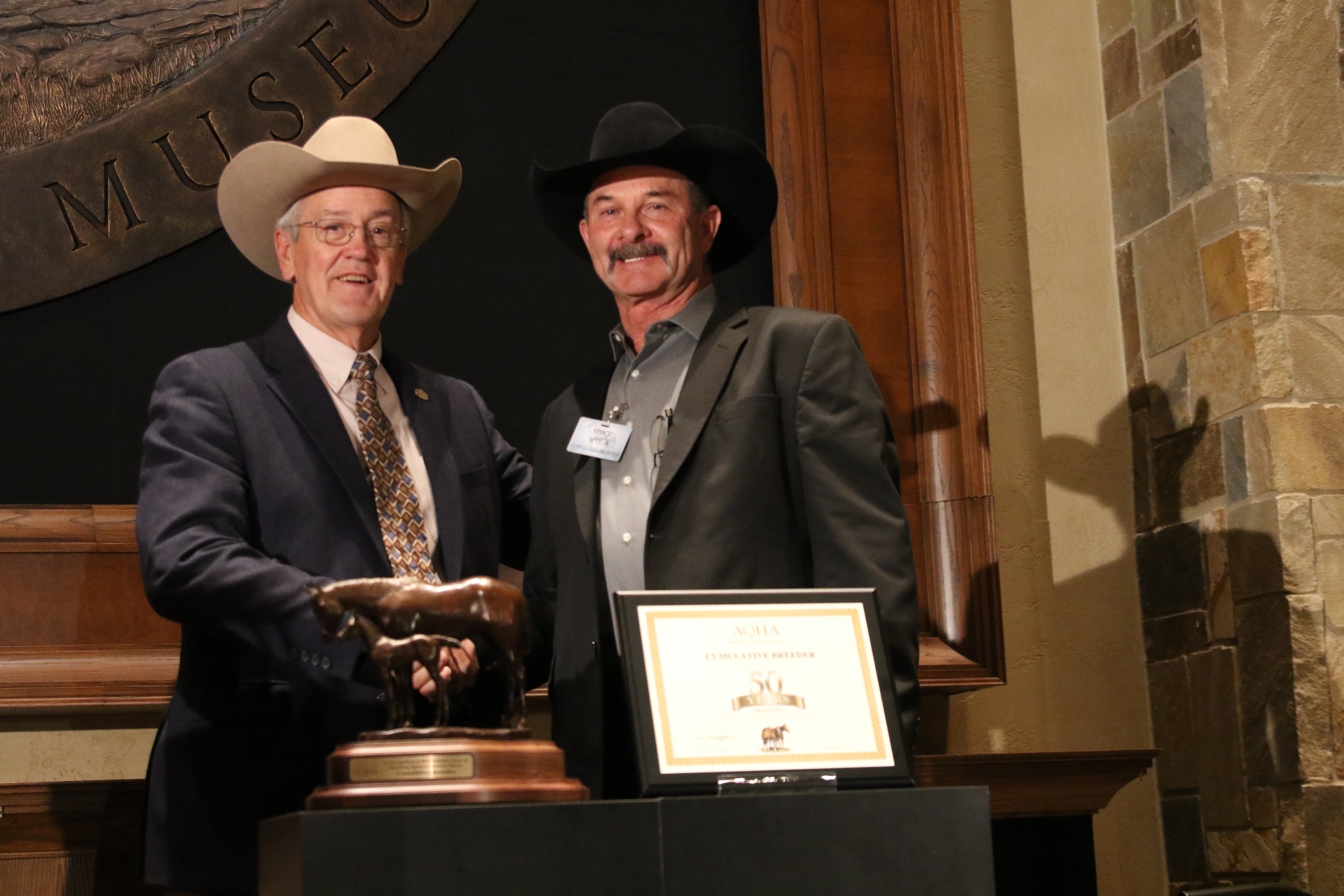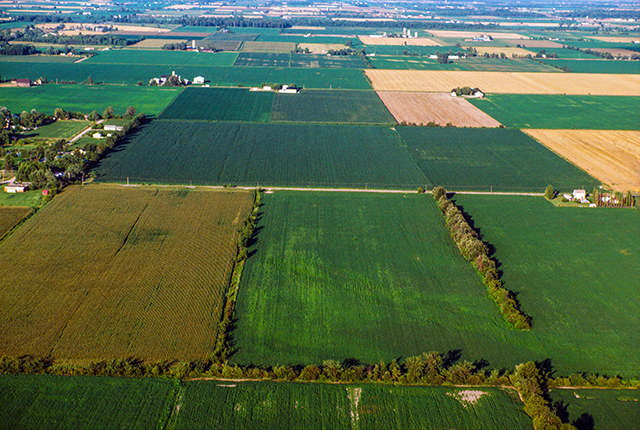Country Lifestyles
AQHA Recognizes Local as 50-Year Breeder – Mike Major

The American Quarter Horse Association, Amarillo – The American Quarter Horse Association honored this year’s 50-year breeders at a ceremony September 25 at the American Quarter Horse Hall of Fame & Museum in Amarillo. Mike A. Major of Bowie, Texas, was honored as a cumulative breeder.
Each year, AQHA honors breeders who have dedicated their livelihoods to maintaining the integrity of the American Quarter Horse. These horsemen and families see their biggest accomplishments and proudest moments in the horses they breed.
“What has intrigued me has always been the horses,” Mike says. “They have been a big part of my life and it’s neat to be able to have horses that go back to some of the horses that we started with when I was a kid.”
This year, the honorees included 13 legacy award winners and 11 cumulative award winners. Legacy breeders are those who have registered at least one foal for 50 consecutive years. Cumulative breeders are those who have registered at least one foal for 50 years cumulatively.
“Fifty-year breeders are the backbone of the American Quarter Horse industry,” said AQHA Executive Vice President Craig Huffhines. “They have dedicated so much of their lives to the American Quarter Horse, and they make the vision of our founders a reality through their knowledge and dedication.”
Honorees ranged from people who have bred American Quarter Horses for reining, racing, cutting, ranch and rodeo. All have dedicated 50 years to taking their best and making it better.
For more information on the 50-year breeders, visit www.aqha.com/news.
-30-
Photo courtesy of The American Quarter Horse Journal. From left to right: AQHA President Ralph Seekins and Mike Major.
AQHA News and information is a service of the American Quarter Horse Association. For more news and information, follow @AQHAnews and visit www.aqha.com/news.
If you have questions, please contact AQHA Manager of Publicity and Special Events Sarah Davisson at [email protected] or 806-378-4368.
Country Lifestyles
While We Were Sleeping

By Martha Crump
That old adage, “What you don’t know won’t hurt you.,” may have some basis in truth when applied to minor situations. However, when what you don’t know is presented in the form of a “Trojan Horse” and is what amounts to an incredible attempt to fleece American property rights, it becomes a different story altogether.
To put this unbelievable tale together, we need to step back to Joe Biden’s 2021 Executive Order which pledged commitment to help restore balance on public lands and waters, to create jobs, and to provide a path to align the management of America’s public lands and waters with our nation’s climate, conservation, and clean energy goals.
To read more, pick up a copy of the April issue of NTFR magazine. To subscribe by mail, call 940-872-5922.
Country Lifestyles
Lacey’s Pantry: Strawberry Sorbet

By Lacey Vilhauer
Ingredients:
1 whole lemon, seeded and roughly chopped
2 cups sugar
2 pounds strawberries, hulled
Juice of 1 to 2 lemons
¼ cup water
Directions:
Place the chopped lemon and sugar in a food processor and pulse until combined. Transfer to a large bowl. Puree the strawberries in a food processor and add to the lemon mixture along with juice of one lemon and water. Taste and add more juice as desired.
To read more, pick up a copy of the April issue of NTFR magazine. To subscribe by mail, call 940-872-5922.
Country Lifestyles
A Mountain Out of a Molehill

By Nicholas Waters
As winter plods along – come Spring and gopher mounds – homeowners and farmers find themselves playing a familiar song – fiddling while Rome is burning.
Let’s make a mountain out of a molehill. Those mounds on your lawn and pasture could be moles, but they’re more than likely gophers; Plains Pocket Gophers to be pragmatic – Geomys bursarius to be scientific.
These rodents dig and chew, and the damage they can do goes beyond the mounds we mow over. Iowa State University cited a study in Nebraska showing a 35 percent loss in irrigated alfalfa fields due to the presence of pocket gophers; the number jumped to 46 percent in decreased production of non-irrigated alfalfa fields.
The internet is replete with academic research from coast-to-coast on how to curtail gopher populations, or at least control them. Kansas State University – then called Kansas State Agricultural College – also published a book [Bulletin 152] in February 1908 focused exclusively on the pocket gopher.
To read more, pick up a copy of the April issue of NTFR magazine. To subscribe by mail, call 940-872-5922.
-

 Country Lifestyles1 year ago
Country Lifestyles1 year agoScott & Stacey Schumacher: A Growth Mindset
-

 Equine7 months ago
Equine7 months agoThe Will to Win
-

 Country Lifestyles7 years ago
Country Lifestyles7 years agoStyle Your Profile – What your style cowboy hat says about you and new trends in 2017
-

 Country Lifestyles4 years ago
Country Lifestyles4 years agoAmber Crawford, Breakaway Roper
-

 HOME7 years ago
HOME7 years agoGrazing North Texas – Wilman Lovegrass
-

 Country Lifestyles7 years ago
Country Lifestyles7 years agoDecember 2016 Profile, Rusty Riddle – The Riddle Way
-

 Country Lifestyles8 years ago
Country Lifestyles8 years agoJune 2016 Profile – The man behind the mic: Bob Tallman
-

 Outdoor9 years ago
Outdoor9 years agoButtercup or Primrose?






